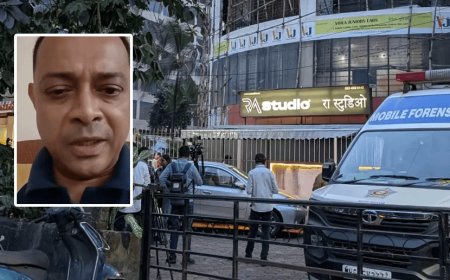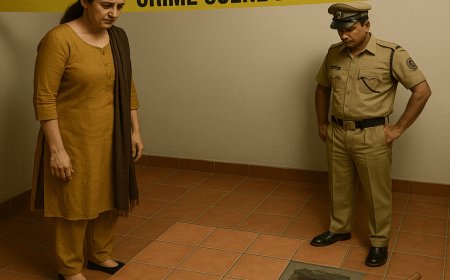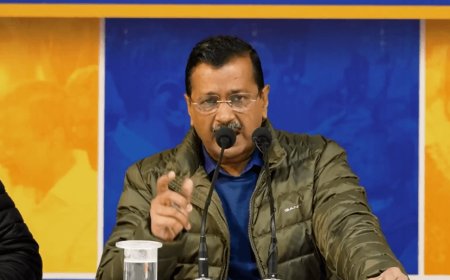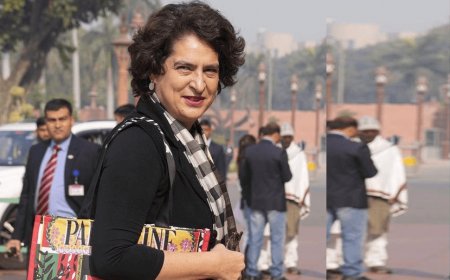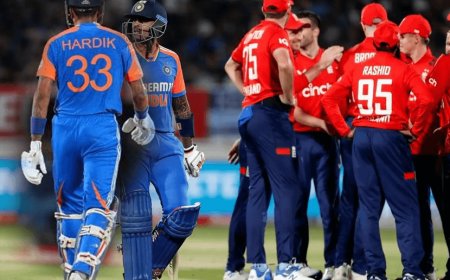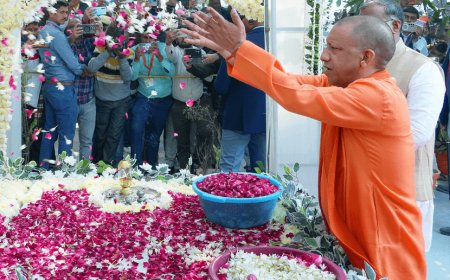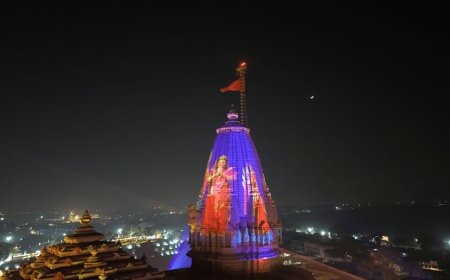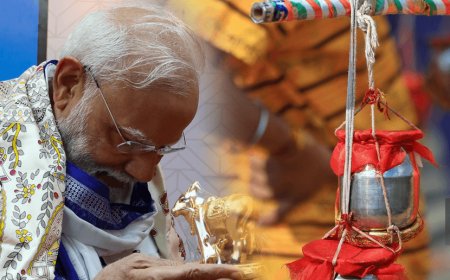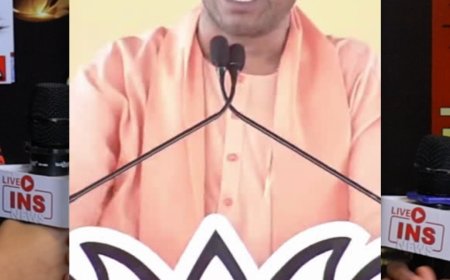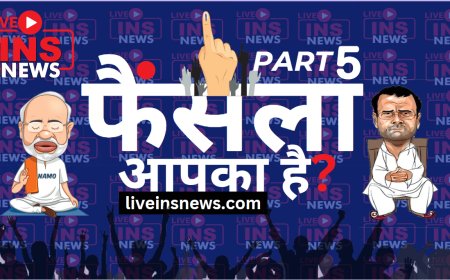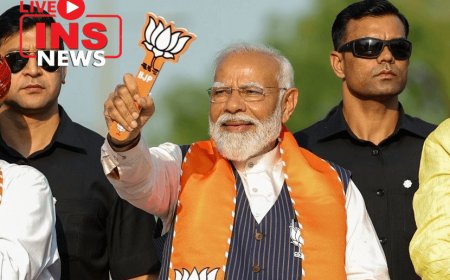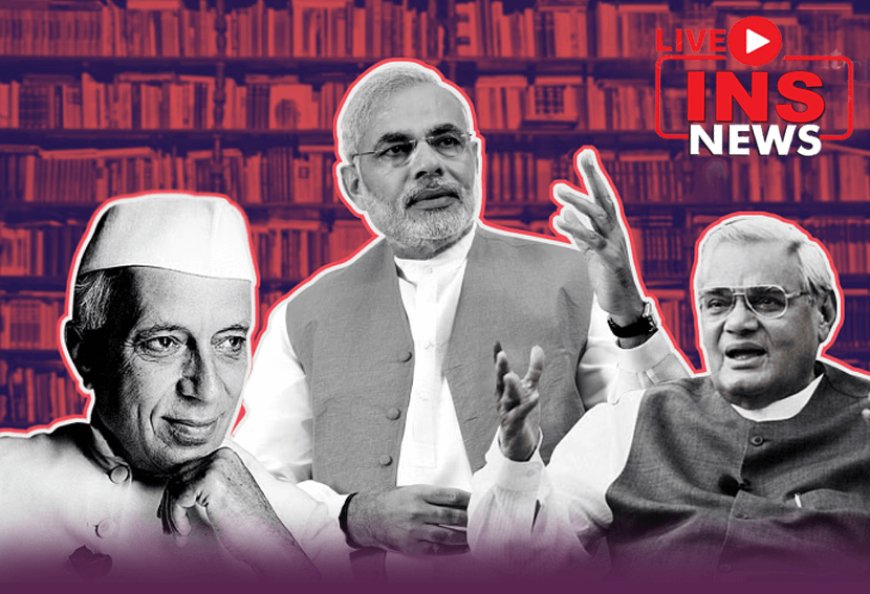Why Delhi HC Rejected Petitions To Remove Kejriwal?
There are two ways to remove a CM: 1) The Governor can dismiss a Chief Minister after he loses his majority support in the State Assembly. 2) The State Legislative Assembly can remove the CM by passing a vote of no-confidence against him.

NEWS- According to the Indian Constitution, a chief minister can be removed either by the Governor or by the State Legislature. Article 164 of the Indian Constitution lays down the procedure for appointment of a Chief Minister. The party or coalition group which secures majority in the State Assembly, elects its leader and communicates his name to the Governor. The Governor then formally appoints him as the Chief Minister and asks him to form his Council of Ministers. In case no party gets a clear majority in the Assembly, the Governor invites the leader of the single largest party to form the government.
There are two ways to remove a CM:
1) The Governor can dismiss a Chief Minister after he loses his majority support in the State Assembly.
2) The State Legislative Assembly can remove the CM by passing a vote of no-confidence against him.
A CM remains in office so long as he continues to be the leader of the majority in the Legislative Assembly.The Indian Constitution functions on the principle of "checks and balances." Powers have been divided between the Legislature, Judiciary and Executive in such a way that no-one enjoys absolute power. The Judiciary acts in accordance with existing laws. The high court held that the Constitution has laid this power in hands of the Executive, i.e. the Governor and President in this case and there exists no scope for judicial review.
The court observed that there is no legal bar on Arvind Kejriwal continuing in the office of Chief Minister from judicial custody.
What's Your Reaction?







